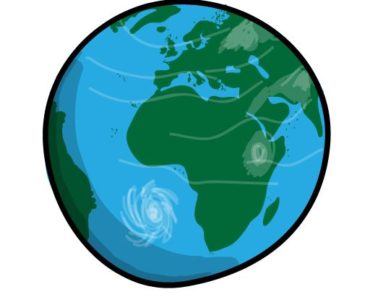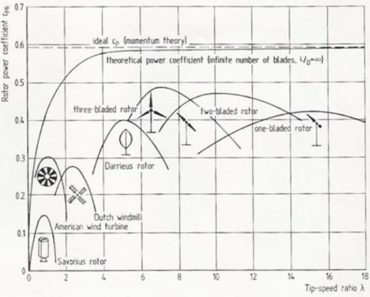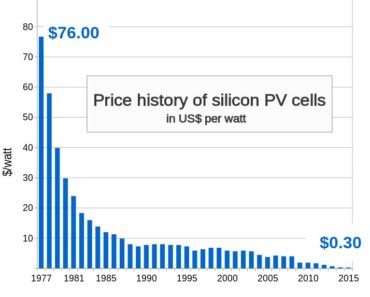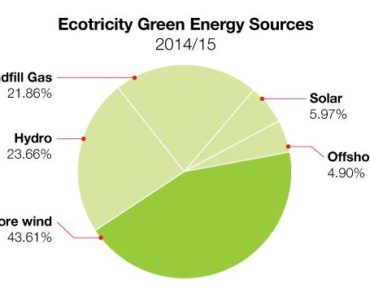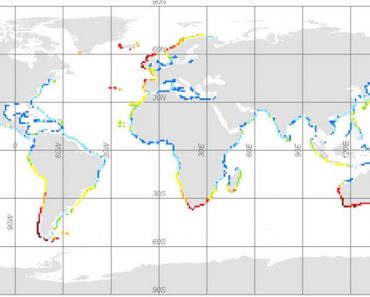As winter sets in, heating up homes and keeping them warm can become a challenge. Winter can hits hard those who are in energy poverty, or people who spend around 10% of their income or more on heating.
In this article we will try to uncover simple measures through which one can keep their homes warm.
- Understanding heat loss from homes
- Controlling heat loss from homes
- Generating heat effectively and cheaply
It is very important to understand the mechanics of heat loss from your dwelling. For if we learn it, we will be able to identify and target the most critical areas to resolve first.
For any house, the external walls are the portal for heat to disappear in the ambient. Windows too play a major role in increasing heat loss. The picture indicates that generally a third of heat loss occurs through walls, windows can account for 10% of the heat loss while roof with a relatively smaller area compared to the outer walls account for 25 %. 15% occurs through the floor and almost the same amount of heat loss occurs through drafts.
The strategy should always be to cut down on these losses before we look towards measures of generating heat. A poorly insulated house is like a bucket with holes. Turning the heater on in such a house is like trying to fill that bucket. The logical holes must be plugged before any effort of to fill the bucket. In modern buildings thick, multi layered wall prevent heat from escaping easily. Heat has a tendency to rise. A significant portion of the heat is lost through the roof. In a building, having a flat on the middle floor has its advantage. It receives heat from the bottom floor flat, while the flat on the top acts as an insulation.
If your house is an old build, chances are that it will be built with 2 layers of bricks with cavity between them. A convection loop can build up in this cavity which encourages heat loss. A convection loop is a current of air that picks up heat from one surface and deposits it on the other. There are various spaces in which a convection loop or a convection current can develop. For example in between the window panes in double glazed window and that is why they are vacuum sealed. It can develop between roof slates and the attic. Note that convection has the ability to be several folds stronger medium for heat loss, than just conduction. Therefore it is paramount to minimize the strength of these convective currents. It should be understood that static air is a good insulator of heat. On the other hand moving air that represent convection can increase the heat loss by several folds. Any obstacle in the path of moving air serves to restrict convective heat loss. If we look at furs on the animals in the polar regions, they serve the purpose of obstacles. They tend to restrict the movement air near the skin preventing the onset of convection.
Cavity wall insulation can reduce the heat loss from the wall. Cavity wall insulation is essentially a foam like material that is sprayed and solidifies quickly. It fills up the space between the bricks layers. This restrict the movement of air and development of convection currents. Even cheaper than cavity wall insulation is loft insulation. It has been researched that 270 mm layer of loft insulation can drastically cut down heat loss from the roof. Laying loft insulation is the cheapest and most effective measure in making a home energy efficient and often grants are available from the local government to assist you with the cost of insulation.
To cut out the heat loss from the floor, rugs are a simple and effective solution. Carpeted homes tend to retain more heat than tiled floor. If carpeting isn’t an option because of of costs than covering floor with rugs or thick cloth can be looked at.
Windows, particularly if single glazed can be problematic. They can lose heat both through conduction from the glass and drafts from the openings in the frame. Double glazed windows bring the heat loss levels down to almost the same level as walls, whereas triple glazed windows can be more thermally insulative than wall. The heat loss properties of a window are characterised by a U value. A low U value is favourable
Just for comparison, the U value of single glazed windows is around 4 -5 Watt/m2K. The U-value of single glazed is 2.5 to 1.5 Watt/m2K while U value for triple glazed windows can be as low as 0.79 Watt/m2K. Meaning a triple glazed window can prevent 5 times less heat loss compared to single glazed window.
If the cost of changing windows is prohibitive, than a layer of cardboard, or bubble wrap can be placed over the single glazed window during long winter nights. If you do that, make sure to wipe off the condensation on the inner window pane from time to time, just to prevent damage to the window frame.
The next important factor that needs to be looked at is draft. As mentioned earlier, on average, drafts can make up 15% of the heat losses from an average household. Fortunately, there is a simple solution to tackle them. One can use draft protectors to prevent the air from seeping through the openings that lead directly outdoors. These openings are not only the spaces around the doors and windows frames, but also the letter flaps and key holes. For draft-proofing the window and door frames, self adhesive foam strips are a very simple cheap and effective solution. They are attached to the surfaces where the window or door flushes on to when closed.
Building standards have improved considerably over time. In fact, some modern homes are so thermally efficient that they can get heated by body heat alone. It is worth noting that humans constantly release heat because of metabolism. The amount of heat they generate can vary from 40 W to 200 W depending upon the activity level. The principal on which new homes are build is that they breathe in less air and ventilate less air out. On the other hand the old homes need to breathe in more air and at the same time exhale more air. In light of this modern solutions of making homes thermally efficient by cutting out all the air from the inlets in an old home can be counterproductive. It can result in buildup of moisture as a old home needs to ventilate more air to lower the amount of moisture.
In such cases, an air to air heat exchanger can be used. The air to air heat exchanger is advantageous because it allows fresh air to come in and at the same time it makes the cold incoming air to exchange heat with the warm outgoing going. This keeps the heat loss to a minimum. They can be purchased from the market or can be built at cheaply at home.
If again air to air heat exchanger is prohibitive, than to get rid of the moisture problem one can use a dehumidifier. The dehumidifier will use electricity but once the air is dry it requires less heat to get it up to a comfortable temperature. Sources that add moisture to the air indoors should be removed. Avoid drying clothes indoors and remove any open vessels that contain water. Moisture removal is not only beneficial for making heating more effective but also for cooling air during summer time.
There is also a passive measure for moisture removal. This involves the use of desiccants. Materials like silica gel are desiccants. They absorb moisture from the air around them. Many desiccant materials can be reused. For example one can heat up the soaked silica gel granules to release the moisture locked in to them. This makes them dry and reusable for trapping moisture.
Slicia gel granules can be purchased very cheaply. There are also desiccant wheel available from the market that perform the same function.
Once measures for heat conservation are in place, one can look into effective heat generation. Solar water heaters and solar air heaters are a very low cost measure that can save you loads on your energy bill. If you are someone who enjoys a bit of DIY, than these units can be built easily at home.
A video on making a cheap Solar air heater is present on this link
Solar water heaters have proven to reduce the heating bills by nearly 50%. In northern latitude countries, energy required for heating can make up more than half of the total energy use. There are a variety of solar water heaters available in the market. From vacuum tube collectors to flat plate heater. Their costs have spiralled down and one can get them extremely cheaply.
Lastly just to reiterate, energy conservation should be the first priority. Investment therefore should be made on insulation first rather than solar water heaters.
Please feel free to share this article of the buttons below.


